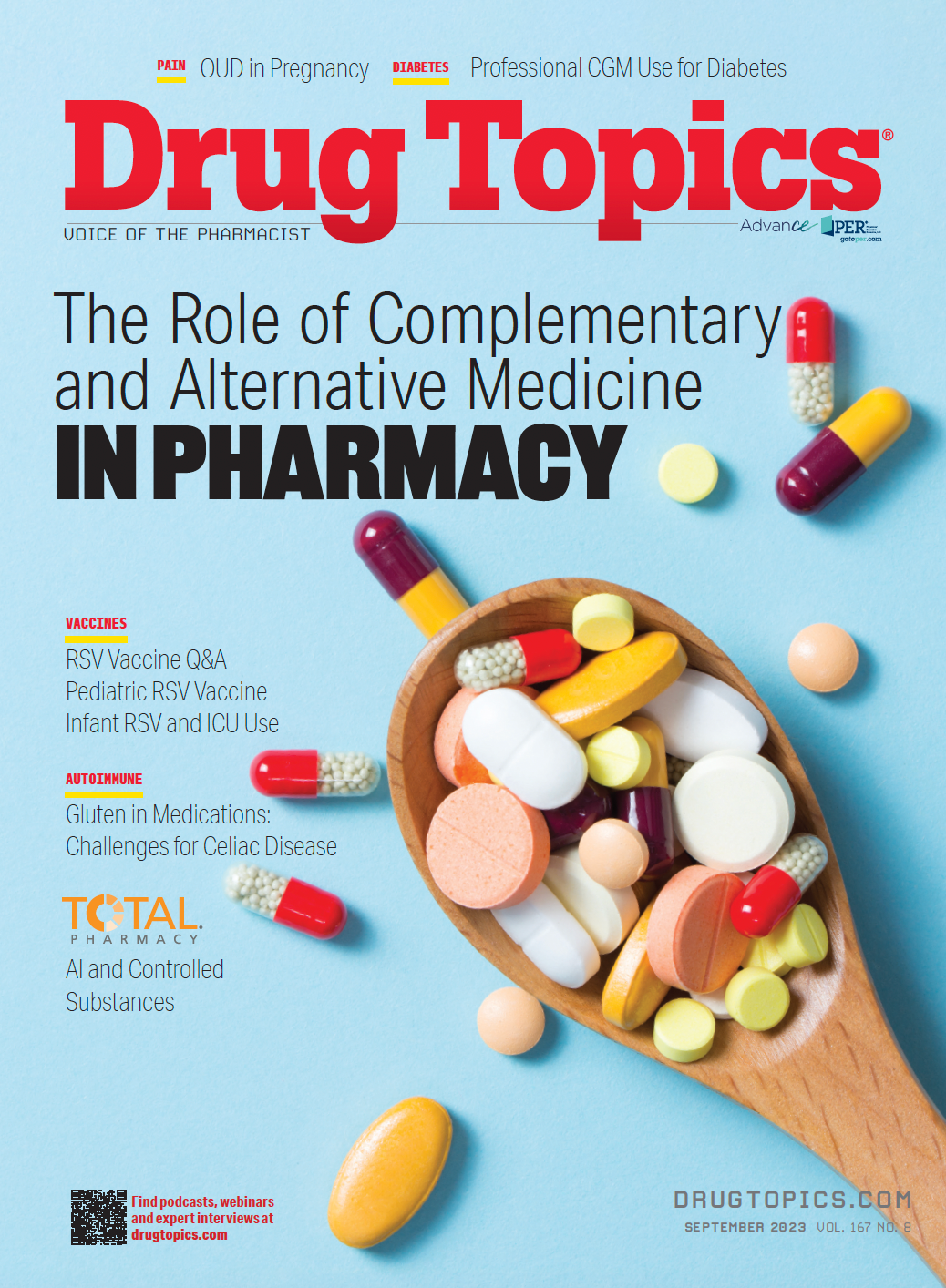Biologics Offer Great Results in Treating Psoriasis—At a Cost
Highly effective medications for severe disease are expensive and administered invasively, whereas the development of treatments for milder disease has lagged.
During the past 2 decades, understanding of the pathogenesis of psoriasis has increased, opening new pathways to treatment. Although these treatments—such as biologics—are highly effective, they are also limited by cost and administration challenges. Despite these discoveries, there has been little advancement in traditional, topical treatments, and there is still no cure for this chronic condition.
A review1 published in Dermatology and Therapy investigated some of the newest advances being collectively researched in clinical trials for psoriasis treatment during the previous year. A big theme, according to the study, was several small molecule oral medications in various phases of clinical trials that may help to reduce some of the limitations of biologic therapies.
Many of the newer, highly effective medications for treating psoriasis target the IL-23/IL-17 axis, the pathway where psoriatic inflammation is believed to be triggered. Medications like tumor necrosis factor α, IL-12/23, and IL-17 inhibitors target these pathways and have produced superior results in treating moderate to severe psoriasis, but the study also notes that progress on treating milder cases of psoriasis has stalled somewhat.
Treatments for mild psoriasis still focus on systemic medications with a high risk of toxicity such as methotrexate, or traditional topicals that are less effective and carry a risk for long-term consequences, the report noted.
So, although newer medications have led to better skin clearing and an improved quality of life, it comes at a higher cost and these medications usually involve injections or infusions that can create a barrier for many patients. The lack of progress in other systemic and topical medications highlights the treatment gaps in psoriasis, and the need for new treatments, according to the study.
- Some treatments currently in trial phases were identified in the study and include therapies such as:
- IL-36 inhibitors
- IL-23 inhibitors
- IL-17 inhibitors
- Phosphodiesterase 4 inhibitors
- Janus kinase inhibitors
- Receptor-interacting serine protein kinase 1 inhibitors
- Retinoic acid receptor–related orphan receptor C inhibitors
- A3 adenosine receptor agonists
- Aryl hydrocarbon receptor modulators
- CXC chemokine receptor 2 antagonists
Many of these medications are in the later stages of clinical trials and harness the efficacy of biologic medications but offer an oral administration option. There are also choices geared toward treating mild psoriasis instead of reserving these treatments for more severe forms of the disease.
There are also several medications in the early stages of clinical trials for which data is limited, but that also offer more oral treatment options. These include a reactive aldehyde species inhibitor (ADX-629); a calcitonin gene-related peptide receptor antagonist (rimegepant); and a sphingosine-1-phosphate receptor 1 agonist.
Finally, the study highlighted treatments recently approved by the FDA for psoriasis, a list that includes deucravacitinib, an oral tyrosine kinase 2 inhibitor; spesolimab, an anti–IL-36 receptor antibody; and other nonsteroidal topical agents.
The study authors estimated that progress in developing new treatments will continue at a rapid pace, especially as understanding of the disease evolves. The biggest focus with these new treatments, the research team noted, is data on long-term efficacy and safety.
This article originally appeared on dermatologytimes.com and has been lightly edited.
Reference
1. Drakos A, Vender R. A review of the clinical trial landscape in psoriasis: an update for clinicians. Dermatol Ther (Heidelb). 2022;12(12):2715-2730. doi:10.1007/s13555-022-00840-9
